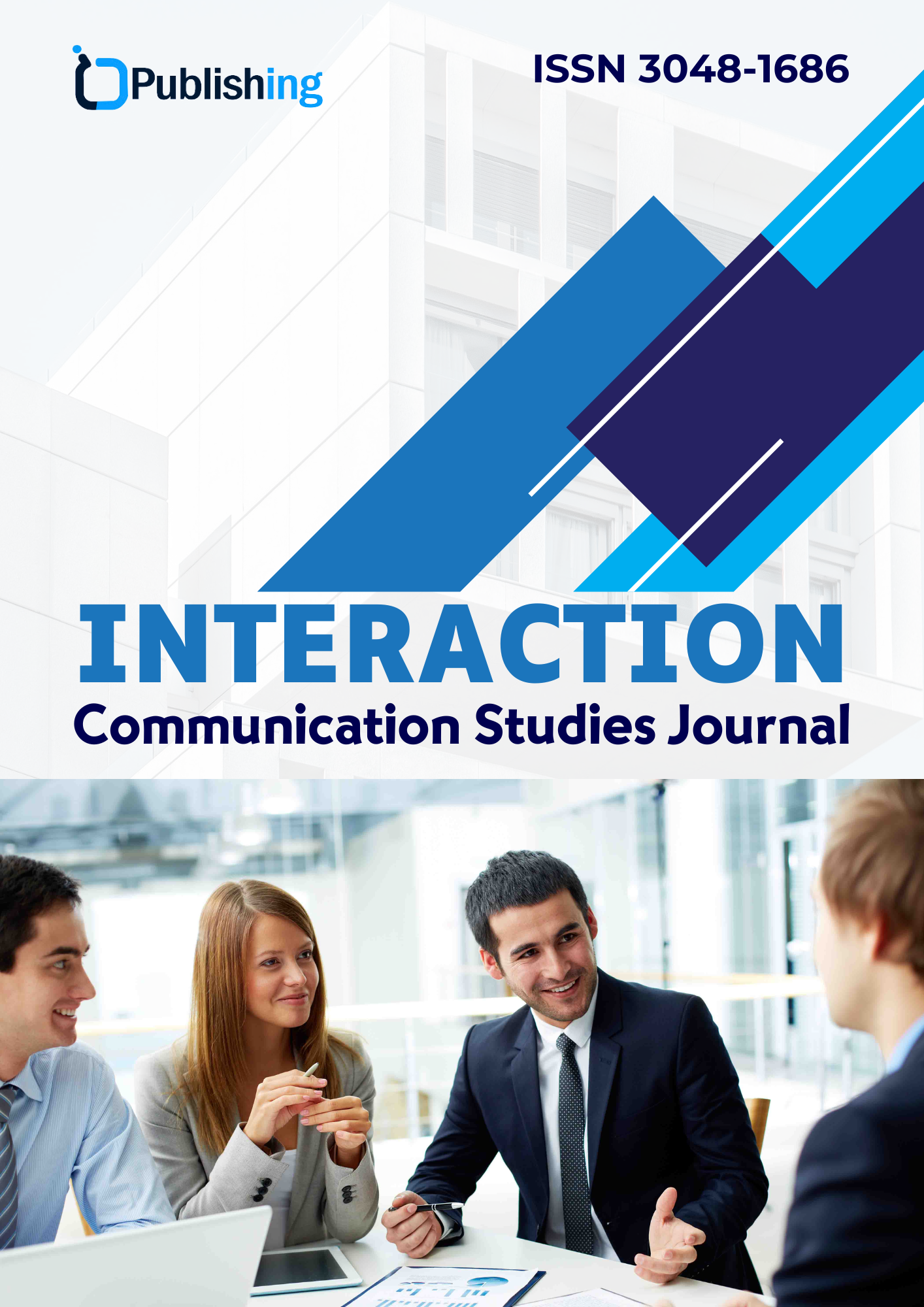Business Communication Strategy In Improving Customer Confidence Regarding The Quality of Drinking Water Companies For Regional Drinking Water
DOI:
https://doi.org/10.47134/interaction.v2i1.4225Keywords:
Business Communication, Customer Trust, PDAM, Bottled Water (AMDK), Communication StrategyAbstract
This study aims to analyze and design a business communication strategy to increase customer trust in the drinking water quality provided by PDAM Kota Bandar Lampung, particularly in the Teluk Betung Barat area. Despite having access to piped water, many customers still prefer bottled water (AMDK), indicating a lack of confidence in PDAM’s water for direct consumption. Using a qualitative descriptive method with a post-positivist approach, data were collected through interviews, observations, and documentation. Informants included PDAM officials and customers. The results show that communication factors—such as limited public education, lack of transparency, and inconsistent messaging—contribute to customer distrust. SWOT analysis was used to identify internal and external factors that affect communication performance. The study recommends strategic improvements through transparent, community-based communication, increased use of social media, and proactive crisis communication. An integrated communication strategy is essential to rebuild trust and reduce public dependence on bottled drinking water.References
Chaparro, T.S. (2009). Business process modelling as a synchronisation tool; Improving client-provider communication in a context of service outsourcing. International Journal of Information Technology and Management, 8(4), 412-428, ISSN 1461-4111, https://doi.org/10.1504/IJITM.2009.024803
D’Avila, A.E.S. Leal (2025). Enhancing service innovation and organizational performance in Knowledge-Intensive Business Services firms: the role of leadership and communication. Management Research Review, ISSN 2040-8269, https://doi.org/10.1108/MRR-03-2024-0180
Gesell, C. (2018). Business-to-Business communication in a dynamic environment: A systematic adductive analysis referring to ramp-up management. Journal of Business to Business Marketing, 25(4), 339-355, ISSN 1051-712X, https://doi.org/10.1080/1051712X.2018.1532664
Guo, J. (2019). Evolution of a strategic business model of enterprise in the sphere of information and communication technologies. Academy of Strategic Management Journal, 18(4), ISSN 1544-1458, https://www.scopus.com/inward/record.uri?partnerID=HzOxMe3b&scp=85074234867&origin=inward
Hamad, I. (2024). Strategi komunikasi. Jakarta: Kencana.
Hlefana, M. (2020). Precursors and outcome of satisfaction in business-to-business relationship building: An information communication technology industry perspective in South Africa. Acta Commercii, 20(1), ISSN 2413-1903, https://doi.org/10.4102/ac.v20i1.777
Krajčovič, P. (2020). Use of social media for marketing communication of socially responsible business activities in Slovakia. Proceedings of the 7th European Conference on Social Media Ecsm 2020, 135-143, https://doi.org/10.34190/ESM.20.051
Krisnayana, I. N. (2016). Strategi komunikasi dalam program Corporate Social Responsibility (CSR). Jurnal Komunikasi Universitas Brawijaya, 4(1), 45–52.
Murphy, H. A., & Hildebrandt, H. W. (1991). Effective business communications (7th ed.). New York: McGraw-Hill.
Naseviciute, L. (2024). Overcoming the barriers to women's career in information and communication technology business. Equality Diversity and Inclusion, 43(1), 23-40, ISSN 2040-7149, https://doi.org/10.1108/EDI-09-2022-0265
Pratama, R., Ratminto, & Atik, C. (2019). Persepsi pelanggan terhadap kualitas air PDAM. Jurnal Manajemen Pelayanan Publik, 6(2), 101–112.
Rangkuti, F. (2004). Analisis SWOT teknik membedah kasus bisnis. Jakarta: PT Gramedia Pustaka Utama.
Ratminto, & Atik, C. (2019). Manajemen pelayanan. Yogyakarta: Pustaka Pelajar.
Rouly, A. (2016). Komunikasi bisnis: Strategi dalam membangun relasi. Bandung: CV Pustaka Setia.
Schnalke, M. (2014). The influence of culture on marketing communications: Critical cultural factors influencing South African and German businesses. Problems and Perspectives in Management, 12(1), 172-180, ISSN 1727-7051, https://www.scopus.com/inward/record.uri?partnerID=HzOxMe3b&scp=84899576484&origin=inward
Serafimova, D. (2022). Digitalization of Business and Public Organizations—Communication Problems with IT Companies and Possible Solutions. Smart Innovation Systems and Technologies, 276, 347-359, ISSN 2190-3018, https://doi.org/10.1007/978-981-16-8866-9_29
Suarto. (2017). Strategi komunikasi organisasi. Jakarta: Mitra Wacana Media.
Sugiyono. (2020). Metode penelitian kualitatif, kuantitatif, dan R&D. Bandung: Alfabeta.
Torcătoru, C. (2024). Efficiency in Business-To-Business Communications: The Benefits of Visual Basic for Applications Macro Implementation for Repetitive Tasks. Lecture Notes in Networks and Systems, 926, 424-434, ISSN 2367-3370, https://doi.org/10.1007/978-3-031-54664-8_36
Widuhung, S. (2021). Strategi komunikasi pemasaran melalui pendekatan pull, push, dan pass. Jurnal Ilmu Komunikasi, 13(1), 88–97.








